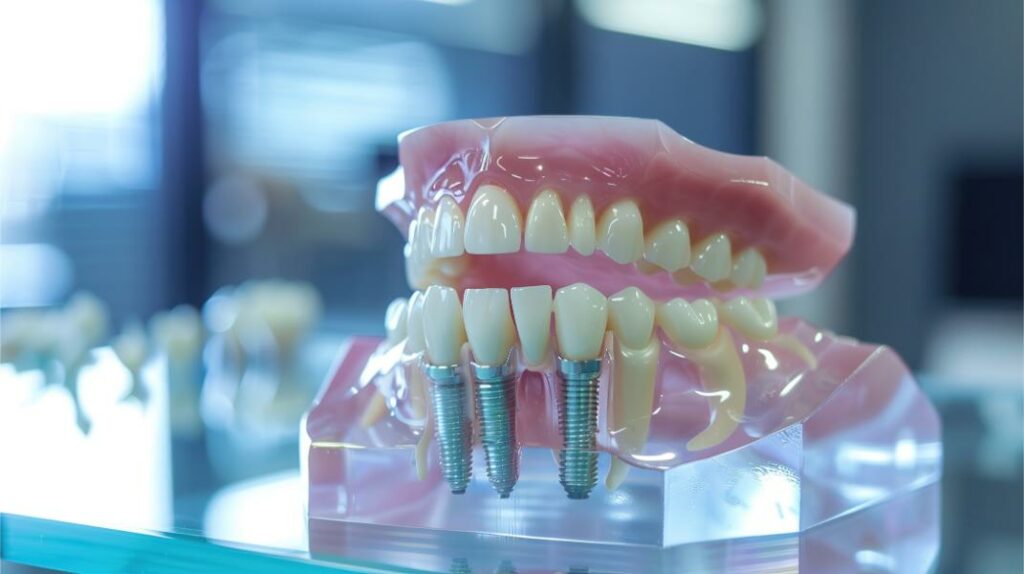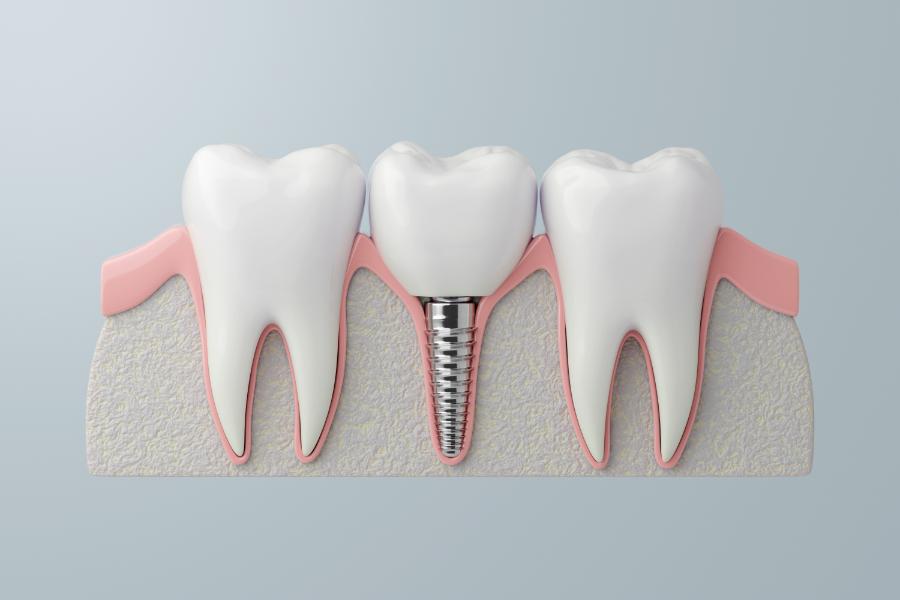Braces are an excellent option to correct misaligned teeth and bite issues. But what if you have a dental crown? Can you still proceed with orthodontic treatment? The good news is that having a crown doesn’t exclude you from getting braces! However, there are important considerations to keep in mind for a smooth and successful treatment.
Table of Contents
What Is a Crown and How Does It Work?
A dental crown acts like a protective cap for a damaged tooth, restoring its shape, size, and strength. Crowns are often made of porcelain, metal, or a combination of both, and they are typically used for teeth that have been weakened by decay, fractures, or root canal treatment. While crowns are strong, orthodontic treatment requires special care to ensure they remain intact during the process.
Can You Get Braces with Dental Crowns?
Absolutely! Braces can be applied to teeth with crowns, but the approach will be slightly different compared to natural teeth. Your orthodontist will take precautions, such as using a stronger adhesive or alternative methods to secure the brackets. The goal is to make sure your treatment proceeds efficiently, even with crowned teeth.
How Do Braces Work on Crowned Teeth?
Orthodontists use specialized adhesives when applying brackets to crowns. Porcelain and metal crowns don’t bond as easily as natural enamel, so a stronger bonding agent is required. In some cases, your orthodontist may opt for bands around the tooth instead of directly adhering to the crown. While crowned teeth might move slightly differently during treatment, orthodontists are skilled at managing these nuances for optimal results.
Do Crowned Teeth Move with Braces?
Yes, crowned teeth can move during orthodontic treatment, just like natural teeth. However, the movement may feel different because crowns are made of materials like metal or porcelain, which don’t have the same nerve sensitivity as natural teeth. Your orthodontist will monitor the movement of your crowned teeth closely, making adjustments as necessary to ensure your treatment stays on track.
Key Considerations When Getting Braces with Crowns
- Bonding to Crowns: Attaching brackets to crowned teeth requires extra care. Specialized adhesives or bands will ensure the brackets stay secure throughout your treatment.
- Monitoring Movement: Your orthodontist will pay special attention to crowned teeth to ensure they are moving as expected.
- Post-Treatment Adjustments: After braces are removed, your crowns may need to be evaluated to ensure they still fit correctly. In some cases, adjustments or replacements might be necessary.
Invisalign and Crowns: A Good Match?
If you’re considering Invisalign instead of traditional braces, crowns won’t interfere with your treatment. Invisalign uses clear, removable aligners that fit over your teeth, making it a great option for those with crowns. Unlike braces, Invisalign doesn’t require adhesives, so there’s no worry about bonding issues with your crown.
However, if your crowned tooth changes shape during treatment, you may need new aligners to ensure a proper fit. This is something your orthodontist will address as your treatment progresses.

Caring for Crowns During Orthodontic Treatment
Proper care is essential when you have braces and crowns. Here are some tips to help you maintain your dental health throughout the treatment:
- Maintain Excellent Oral Hygiene: Crowns can still be vulnerable to decay at the edges, so brush and floss regularly, especially around the gumline.
- Be Gentle with Pressure: Your orthodontist will apply pressure to move your teeth, but if a crowned tooth feels uncomfortable, notify your orthodontist immediately.
- Use Special Tools: Water flossers or interdental brushes can help clean around brackets and crowns, making it easier to maintain good hygiene.
What Happens to Your Crowns After Braces?
Once your braces are removed, your orthodontist will assess the condition of your crowns. Since tooth movement can affect the positioning of your crowns, minor adjustments or replacements may be necessary to ensure a perfect fit and function.
Conclusion
Yes, you can get braces with crowns! With the right care and an experienced orthodontist, your treatment can go smoothly, leading to a straighter, healthier smile. Whether you’re considering traditional braces or Invisalign, your orthodontist will customize a treatment plan that accommodates your crowns.
Ready to transform your smile? At Hulse Orthodontics, we specialize in personalized treatment plans that ensure the best results for you or your loved ones. Whether you’re considering traditional braces, Invisalign, or other orthodontic solutions, our team is here to guide you every step of the way. Take the first step toward a confident, healthy smile today. Schedule your consultation with Hulse Orthodontics and let us help you achieve the smile you’ve always wanted! Contact us today to get started!
The information provided in this blog is for educational and informational purposes only. It is not intended as a substitute for professional medical, dental, or healthcare advice. Always consult with a qualified healthcare provider for diagnosis, treatment, and answers to specific medical questions.

Dr. Cameron Hulse grew up in Southern Orange County, California. While in his own orthodontic treatment in high school, Dr. Hulse realized how much his new smile changed him and decided he wanted to improve other’s teeth and smiles. Dr. Hulse pursued his dream and completed a BS in Zoology at Brigham Young University. Then he was selected to attend the University of Southern California’s prestigious School of Dentistry where he received his D.D.S.. After Dental School, he switched coasts and completed his orthodontic residency at Jacksonville University where he received his CAGS.


